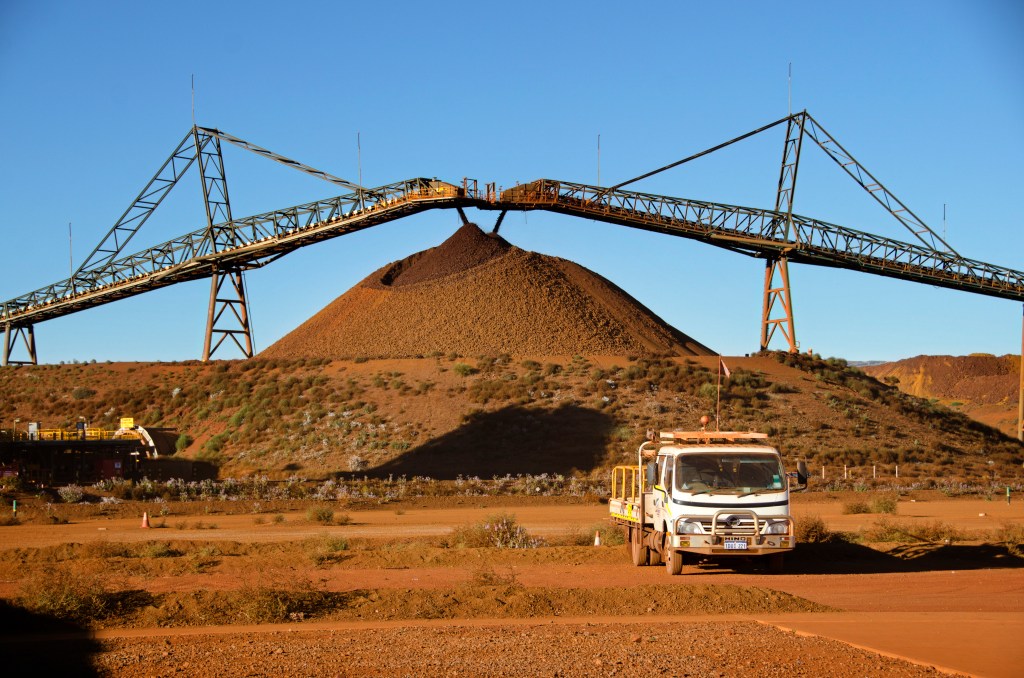Australian miners are uniquely positioned to benefit from recovering demand for steel in China, writes Jody Fitzgerald, Head of Institutional Portfolio Management & Solutions, Morningstar.

While the rest of the world has been recovering from COVID lockdowns, China has, until recently, been moving in the other direction.
COVID outbreaks in several cities throughout early 2022 led policymakers to adopt a strict zero-COVID policy and enforce harsh regional lockdowns. The decision has caused strife for an already ailing Chinese economy struggling with the impacts of severe disruptive weather patterns and a depressed, overleveraged real estate sector.
The lockdowns, which in April were estimated to impact 20% of national GDP, have caused numerous complications for China’s economy. Individuals in many major cities were physically incapable of leaving their residences, severely hampering productivity in both the manufacturing and services sectors. This was reflected in depressed industrial output figures and adverse PMI results, an index that tracks responses of Chinese senior executives to surveys. Consumer surveys reflect similarly depressed sentiment amongst households.
Declines in sentiment had already begun in late 2021 with the collapse of China’s largest real estate developers and the resultant stress on mainland property prices. Given high rates of home ownership and the concentration of housing on consumer balance sheets, property market volatility can quickly permeate into broader economic concerns.
Falling property prices followed the introduction of the Chinese government’s Three Red Lines policy in mid-2020, which aimed to rein in the overleveraged property sector. Between hampered consumer demand for new property and severe solvency issues amongst developers, construction on new properties effectively halted for much of 2021 and 2022. COVID lockdowns only exacerbated these trends contributing to even steeper declines in property prices and developer solvency risks throughout 2022.
Despite the headwinds, there is light at the end of the tunnel for China as it rebounds. Australian investors may be able to benefit from its recovery, particularly in real estate. In November, the Chinese government announced detailed recovery plans for both the COVID reopening and for the struggling real estate sector.

The real estate recovery plan encourages financial support for developers facilitating the completion of unfinished construction, leading a resurgence of new developments. This will affect a sharp increase in demand for construction materials, notably steel. Growth in steel demand from depressed levels comes on top of already expected increases due to China’s USD 1 Trillion COVID relief infrastructure plan passed in 2020.
Australian miners are uniquely positioned to benefit from recovering demand for steel in China. Iron ore is the key ingredient in the manufacturing of steel and, with anaemic local supplies, China is dependent on imports to meet its high demand.
Australian listed miners BHP (ASX:BHP), Rio Tinto (ASX:RIO) and Fortescue Metals Group (ASX:FMG) are global leaders in the mining of iron ore, with access to high-quality ore, low production costs, high volume capacity and convenient proximity to China. These factors make Australian ore a profitable source for Chinese steel manufacturers.
Miners are, however, still faced with risks. For example, recent geopolitical tensions between China and the west have sparked concerns that China will take steps to remove its dependence on Australian exports. This would likely manifest as a combination of finding replacement sources of high-quality iron ore and shifts toward steel recycling.
Ultimately, however, this doesn’t present an immediate danger to Australian miners, given there are no known sources of ore with equivalent quality, capacity and convenience that will be produced within the next five years. Similarly, significant investment and lead time is required for China to reach threatening levels of steel recycling.
Mining stocks are also plagued by sensitivity to fluctuations in the price of iron ore and other major commodities. However, their low cost of production provides defensive characteristics to their underlying cash flows in a broad range of potential scenarios.
BHP and south32 (ASX:S32) are also producers of metallurgical coal (aka coking coal), which is needed for the manufacturing of steel. These companies may also benefit from a lifting of the ban China placed on Australian coal imports in 2021, which many analysts believe will be required for China to meet steel demand going forward.
Coal prices are, however, still likely to face headwinds as supply comes back online following several weather-related supply impediments in 2021-2022. Certain Australian miners will also continue to derive additional income from sales of copper and aluminium, both of which are positively exposed to the construction rebound in China as well as growing demand for transport and electrification globally.
Jody Fitzgerald is Head of Institutional Portfolio Management & Solutions at Morningstar.
Any general advice has been prepared by Morningstar Investment Management Australia Limited (AFSL: 228986), without reference to your objectives, financial situation or needs. Neither Morningstar, its affiliates, nor the content providers guarantee the data or content contained herein to be accurate, complete or timely nor will they have any liability for its use or distribution. Past performance does not necessarily indicate a financial product’s future performance.
This article represents the views only of the author and should be read in conjunction with the disclaimer above and should not be regarded as the provision of advice of any nature from Forbes Australia. The article is intended to provide general information only and does not take into account your individual objectives, financial situation or needs. Past performance is not necessarily indicative of future performance. You should seek independent financial and tax advice before making any decision based on this information, the views or information expressed in this article.